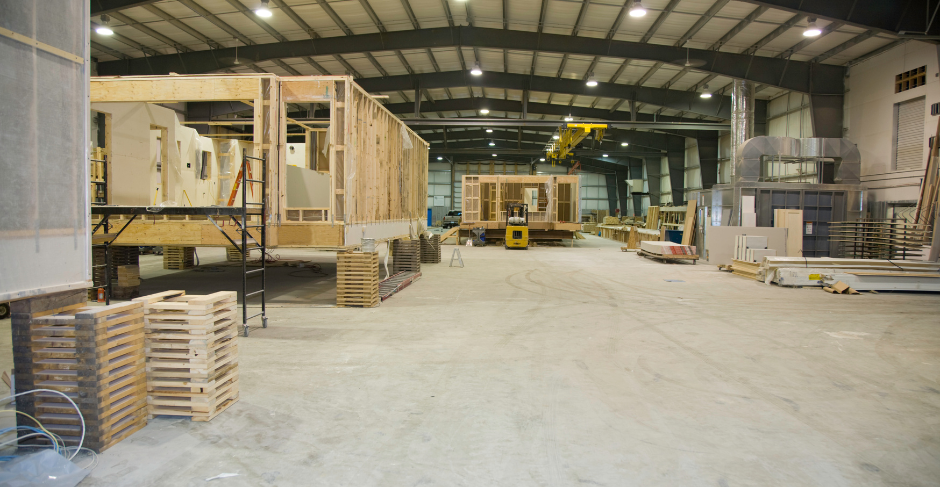Mobile homes, also known as manufactured homes, have come a long way since their inception. These dwellings, designed to offer affordable and flexible housing options, have seen significant changes in their construction methods and standards over the years. In this blog post, we will explore the transformation of mobile home construction from the 1970s to the present day, with a particular focus on the new HUD (U.S. Department of Housing and Urban Development) standards for mobile homes.
The Mobile Home of 1974
To understand the differences between mobile homes of the past and those of today, it's crucial to first take a close look at how these homes were built in 1974. Back then, mobile homes were primarily constructed using a simple set of materials and methods that often lacked the durability and safety standards we see today.
- Materials: In 1974, mobile homes were typically built using materials like aluminum siding and low-quality insulation. These materials were lightweight and cost-effective but didn't offer the same level of energy efficiency and durability as modern options.
- Chassis and Foundation: The chassis and foundation of mobile homes in 1974 were often made from steel, and they were designed to be transported frequently. However, these structures weren't as sturdy as those used today, leading to concerns about stability and safety.
- Size and Layout: Mobile homes from the 1970s tended to be smaller, with more confined layouts. They had limited space for amenities and were not always designed with comfort in mind.
- Energy Efficiency: Energy efficiency was not a significant consideration in mobile home construction at the time. Poor insulation and drafty construction made these homes less comfortable and more costly to heat or cool.
- Safety Standards: The safety standards for mobile homes in 1974 were less stringent than they are today. This meant that residents faced higher risks in case of disasters like fires or storms.
The New HUD Standards
Over the years, the U.S. Department of Housing and Urban Development (HUD) has played a pivotal role in regulating and improving the construction of mobile homes. HUD's standards aim to enhance safety, energy efficiency, and overall quality. Here are some of the new HUD standards for mobile homes:
- Wind Resistance: Modern mobile homes are designed to withstand high winds and severe weather conditions. HUD standards require the use of hurricane straps, reinforced roofing systems, and other features that enhance the structural integrity of these homes.
- Energy Efficiency: HUD has imposed strict energy efficiency standards for mobile homes. This includes requirements for insulation, HVAC systems, and more to reduce energy consumption and make mobile homes more comfortable year-round.
- Fire Safety: Fire-resistant materials and construction techniques are now a crucial part of HUD standards. This ensures that mobile homes are less susceptible to fire hazards and that residents have more time to escape in case of an emergency.
- Quality Control: Today's mobile homes are subject to rigorous quality control measures during and after production. This ensures that the construction meets the established standards, resulting in safer and more durable homes.
- Size and Layout: Modern mobile homes often offer more spacious and versatile floor plans. They can include larger kitchens, bathrooms, and amenities that rival those in traditional homes, making them more comfortable and accommodating for families.
- Materials: Materials have improved significantly. Many modern mobile homes feature high-quality siding, roofing, and insulation that enhance the overall quality and longevity of the structure.
Construction Techniques
The construction techniques for mobile homes have also evolved. In the past, mobile homes were often assembled on-site, which could lead to variations in quality and workmanship. Today, many mobile homes are constructed in climate-controlled factories using assembly-line techniques. This controlled environment ensures consistent quality, reduces waste, and shortens construction times.
Moreover, modern mobile homes often feature customizable components and finishes. This means that homeowners can select their preferred flooring, countertops, and other finishes to match their personal style, providing a level of personalization that wasn't readily available in the 1970s.
Environmental Considerations
In the 21st century, environmental concerns have become paramount. HUD has recognized the importance of sustainability and environmental responsibility in mobile home construction. Many mobile homes today are built with a focus on energy-efficient appliances and construction materials. This not only reduces utility costs for homeowners but also has a positive impact on the environment by lowering energy consumption and emissions.
The construction of mobile homes has evolved significantly from the 1970s to the present day, with a primary focus on safety, energy efficiency, and overall quality. The new HUD standards have played a pivotal role in shaping the industry and ensuring that mobile homes meet the needs and expectations of today's homeowners. As we continue to advance in technology and environmental consciousness, mobile homes are likely to become even more comfortable, sustainable, and affordable, offering a viable housing solution for many people in the years to come.

